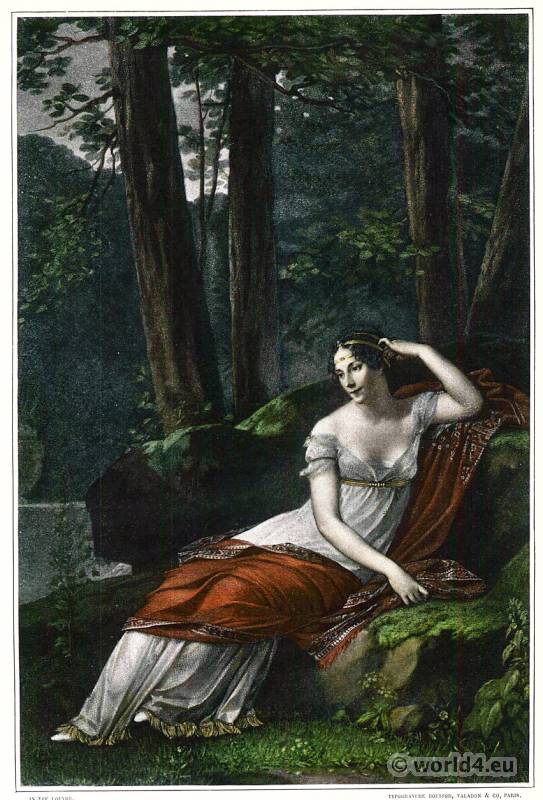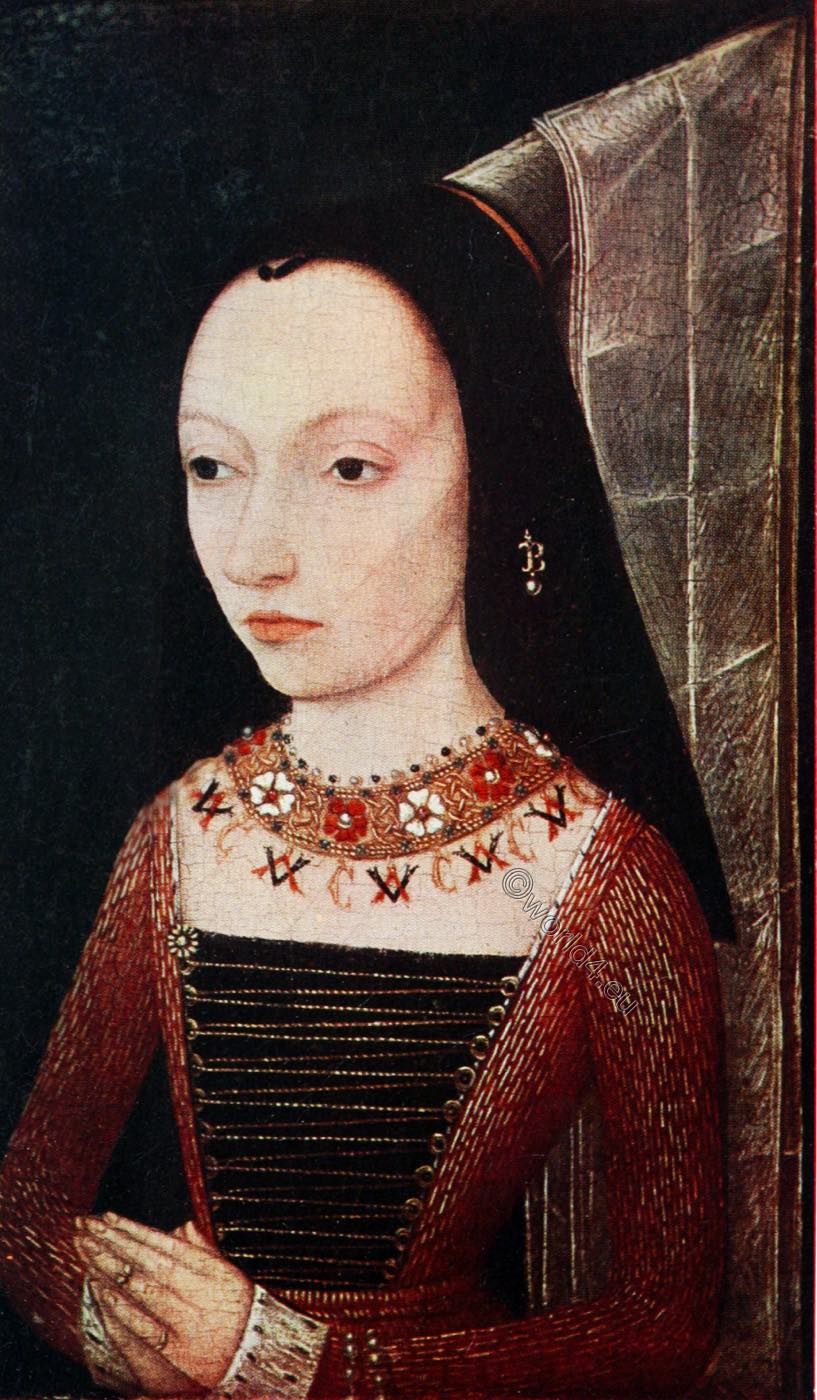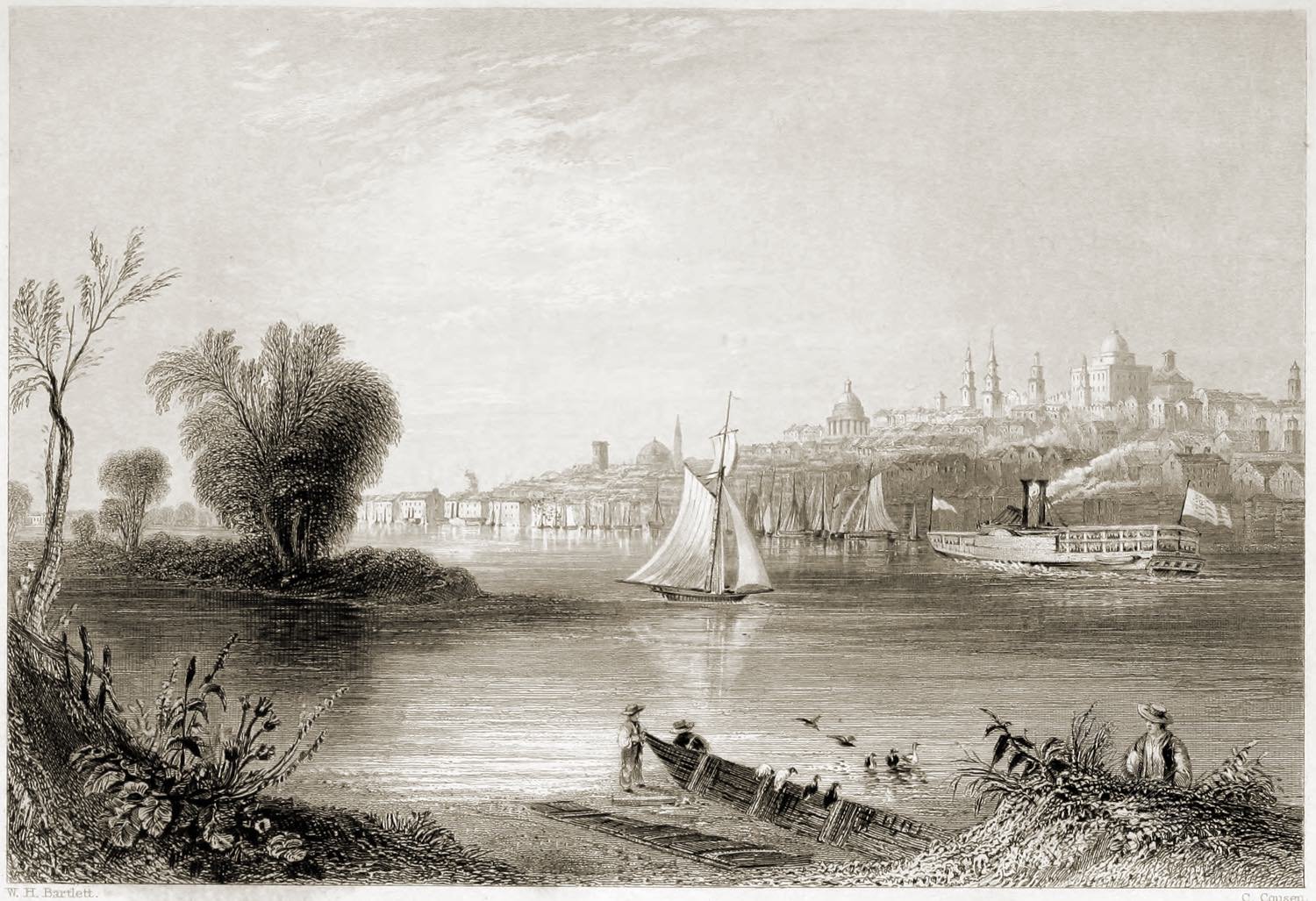“Sanitary & Topographical Map of the City and Island of New York (1865)”, known as the Viele Map. Shows the original swamps and rivers of New York with the street plan superimposed. (Click here for a larger view)
Central Park is a city park in the centre of Manhattan in New York City. It was established as a landscaped park in 1859 and completed in 1873. It was initially built primarily as a promenade for wealthy residents. In 1963, Central Park was granted the status of a United States National Historic Landmark, and the park was thus designated by the US Department of the Interior as a site of special historic significance.
Today, Central Park stretches 4.07 km from 59th to 110th Street and 860 m wide between 5th and 8th Avenues and is also called the Green Lung of New York. At 349 hectares, it occupies about 6% of Manhattan’s floor space and is one of the largest parks in the world. Around 25 million people visit the inner-city park every year.
BEGINNINGS OF CENTRAL PARK
Washington Irving, William Cullen Bryant, Olmstead and Vaux Early Figures
Andrew J. Downing (1815-1852), in letters to the Horticulturist in the autumn of 1855, pointed out the lack of open public spaces and places for common recreation in NewYork, and urged the necessity of providing for a Great Park. This was the actual beginning of Central Park, the birth of the idea, and Downing should be forever remembered with gratitude.
The commission was aided by an advisory park board, which included Washington Irving, as President, William Cullen Bryant and George Bancroft. This commission first met on May 29,1856. Action by the commission being held to be dilatory, the legislature in 1857 appointed a new board, which invited designs, and in this year, on April 1, from thirty-three plans submitted, that of Frederick L. Olmstead and Calvert Vaux was approved, and the work was begun. By the original design the northern boundary of the park was fixed at One Hundred and Sixth Street, but in 1859 it was transferred to One Hundred and Tenth Street.
There is a prevalent idea that Central Park is an accidental work of nature, whereas it is an intentional work of art. Five hundred and twenty pounds of gunpowder were exploded in blasting for it, and should the material carted in its construction be placed in the then used one-horse carts, and these be placed in procession, it would encircle the world on its equator and there would yet remain six thousand miles of carts.
But these astonishing figures constitute in slight part the Park’s claim to consideration. It is the first landscape park ever created by a municipality for the benefit of the public; its historic place in the development of landscape art is of the greatest importance, while its wondrous beauty is beyond praise.
The condition of the site before park operations were commenced seems incredible to us of the present day. They have thus been described by Gen. Wingate, an eye-witness:
“For the most part, it was a succession of stone quarries, interspersed with pestiferous swamps. The squatter population of 5,000 lived upon the city refuse drawn daily in dog carts to feed fowls and domestic creatures and to supply the adjacent bone-boiling establishments. The locality swarmed with chickens, geese, dogs, cats, swine, horses and cows, which destroyed every bit of verdure, tearing up roots and soil until the rocks were laid bare. There was an air of utter desolation, made more repulsive by the odors of decaying refuse. General Viele *) says he was forced to go armed when making his surveys, and to carry an ample stock of deodorisers. In short, it was a combination of Hell’s Kitchen, Jackson’s Hollow and Barren Island, filled with shanties occupied by scowling slatterns, ragged, dirty children, drunken, quarrelling men and innumerable mongrel dogs and yelping curs of low degree.”
Jones’s Wood, at Sixty-fourth Street, was originally chosen for the site, but later the change was made to the present location, which was infinitely preferable.
This was certainly not an inviting spot from which to create such a work of natural beauty as the Park now is.
*) Egbert Ludovicus Viele (17th June 1825 in Waterford, Saratoga County, New York; – 22nd April 1902 in New York City) was a US officer and politician. Between 1885 and 1887 he represented the state of New York in the US House of Representatives; before that he held the rank of brigadier general in the Union army during the Civil War. In 1855, as State Engineer of the State of New Jersey, he was entrusted with the preparation of a topographical map of that state. He also surveyed the area of what later became Central Park in New York City, in the creation of which he was also involved as engineer-in-chief.
Source: Book of old New-York by Henry Collins Brown (1862-1961). New York: The Lent & Graff co., 1913.
Discover more from World4 Costume Culture History
Subscribe to get the latest posts sent to your email.







